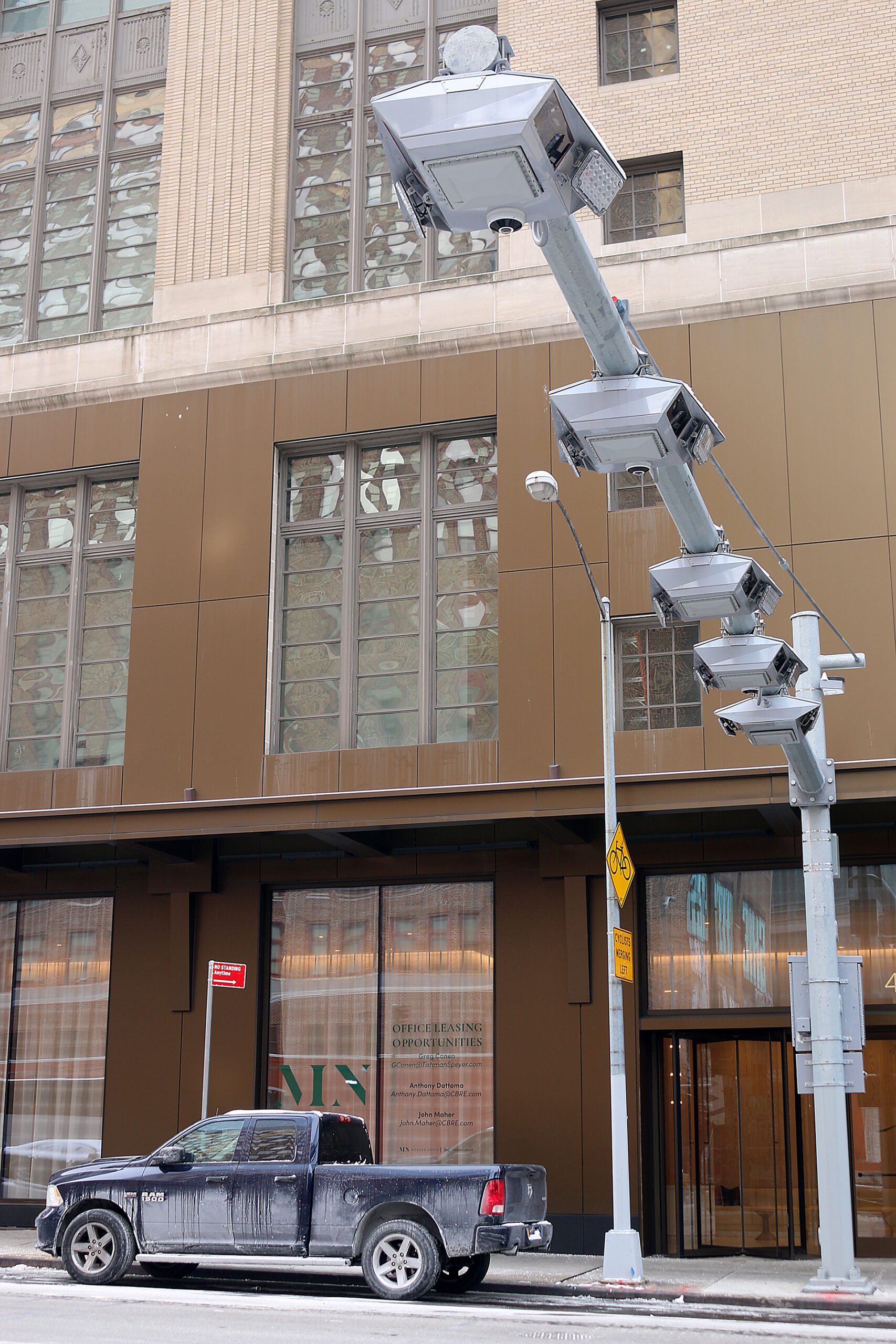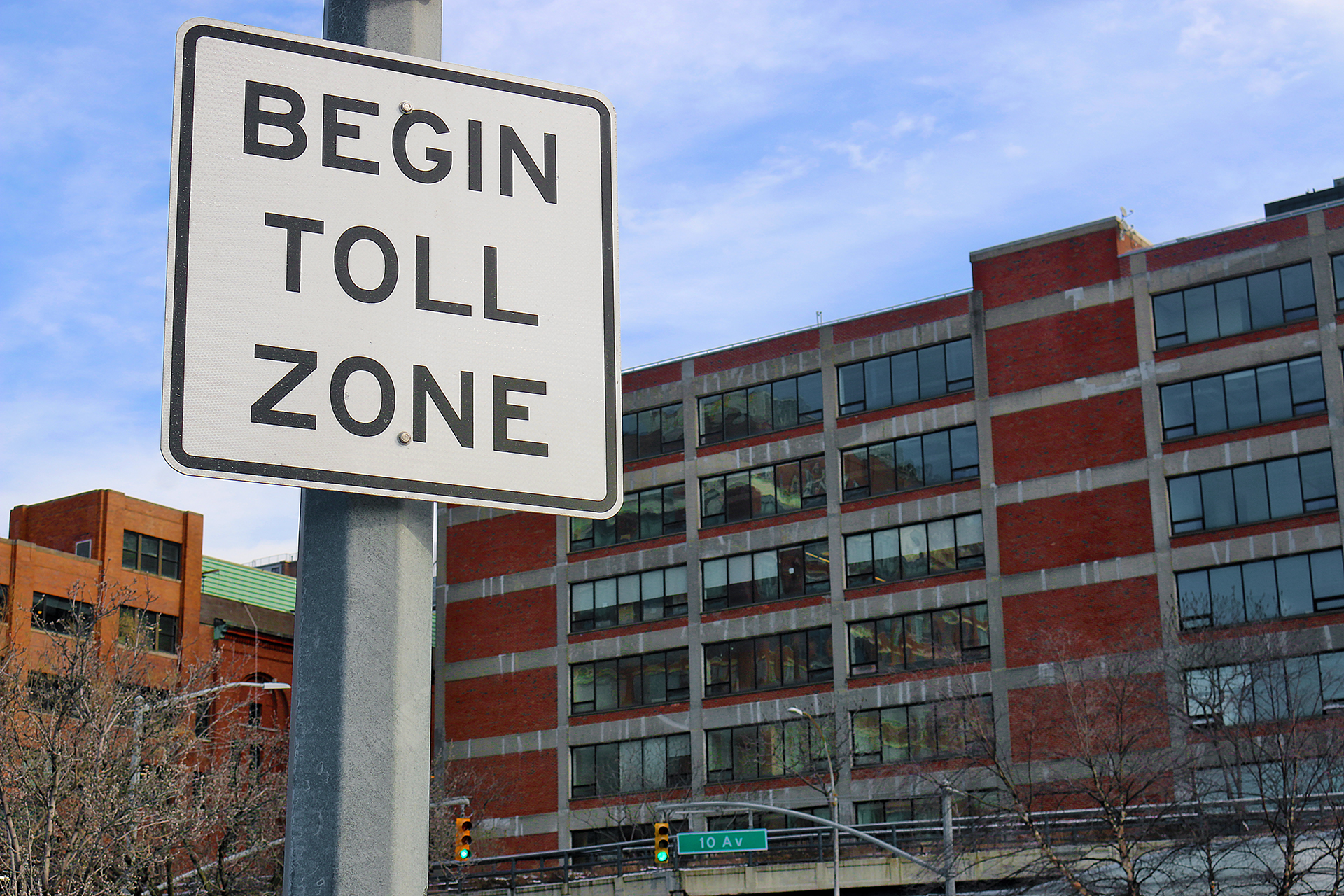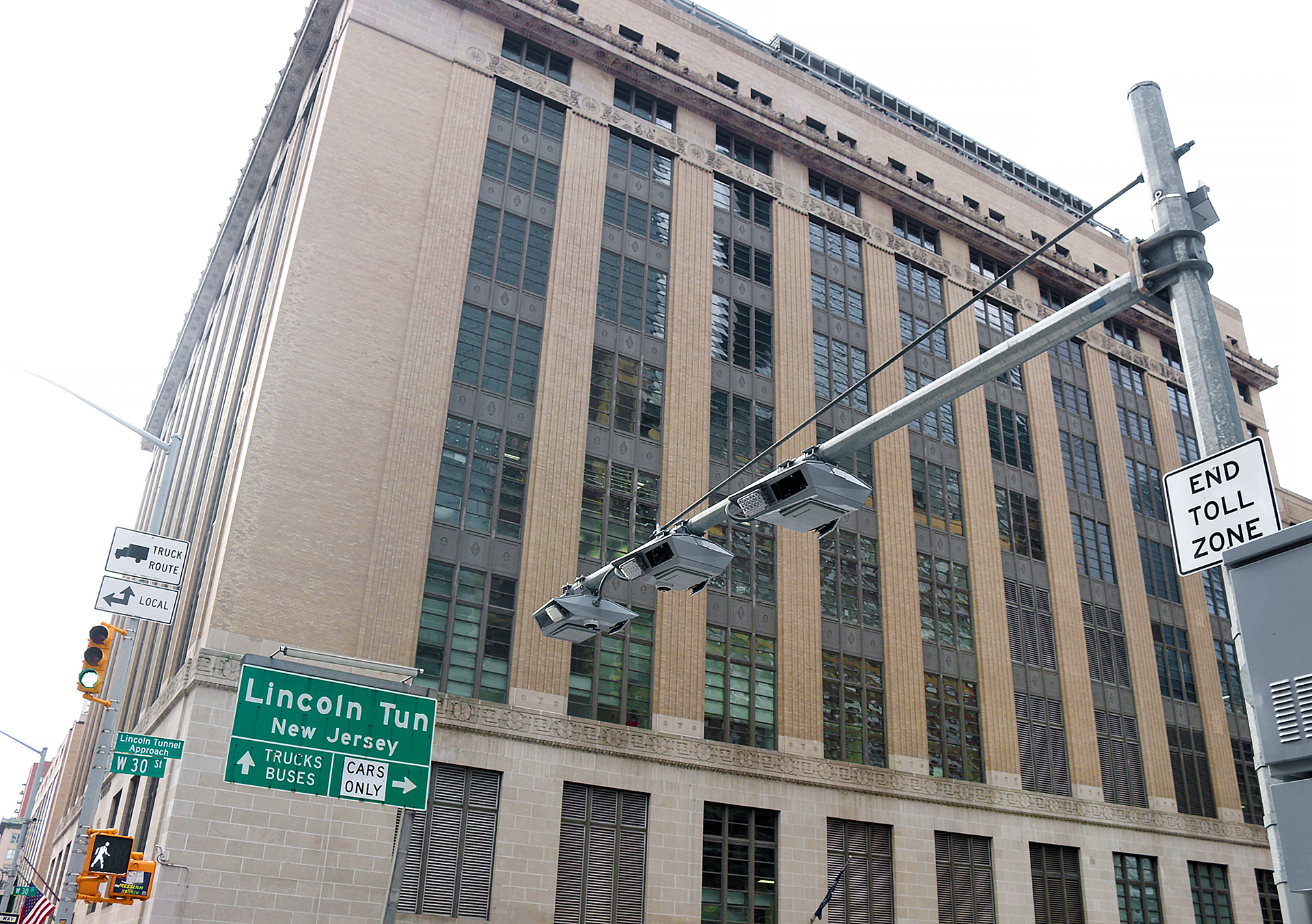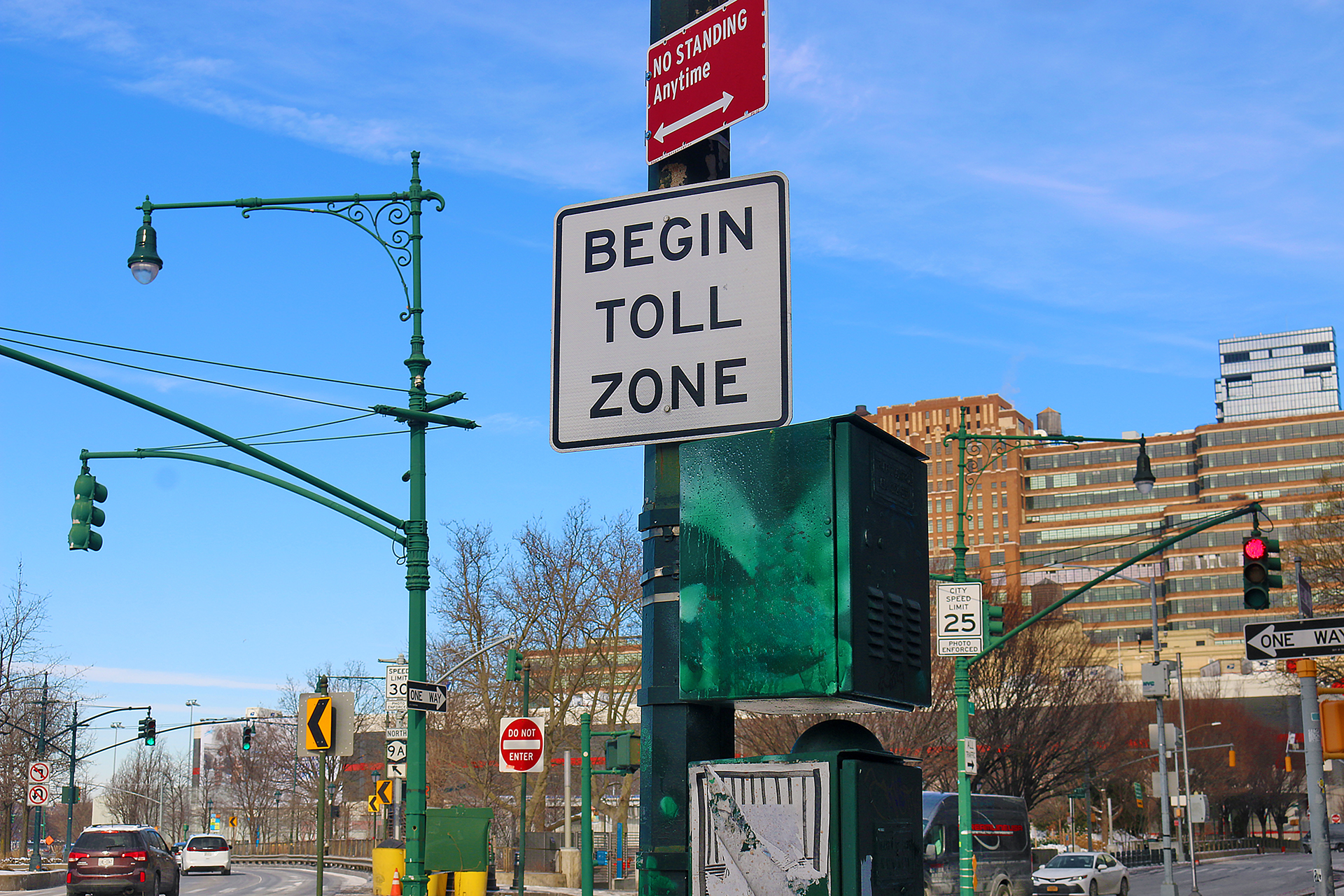The approval terminated for the congestion pricing program in New York by the Department of Transportation of the United States has fueled more controversy into the Central Business District Tolling Program — and it could mean the end for tolling visitors simply to enter the lower half of Manhattan for a minimum of nine dollars per day.
Approval Terminated for Congestion Pricing Program in New York

The Federal Highway Administration of the Department of Transportation of the United States terminated approval of the pilot for the Central Business District Tolling Program of New York earlier today, Wednesday, February 19, 2025 as the result of an order to halt the congestion pricing program that was issued from the current president of the United States.
“New York State’s congestion pricing plan is a slap in the face to working class Americans and small business owners,” Sean P. Duffy — who is the current secretary of transportation of the United States — said, according to to this official press release from the Department of Transportation. “Commuters using the highway system to enter New York City have already financed the construction and improvement of these highways through the payment of gas taxes and other taxes. But now the toll program leaves drivers without any free highway alternative, and instead, takes more money from working people to pay for a transit system and not highways. It’s backwards and unfair. The program also hurts small businesses in New York that rely on customers from New Jersey and Connecticut. Finally, it impedes the flow of commerce into New York by increasing costs for trucks, which in turn could make goods more expensive for consumer. Every American should be able to access New York City regardless of their economic means. It shouldn’t be reserved for an elite few.”
Sean Duffy sent this letter to Kathy Hochul — who is the current governor of the state of New York Governor — which outlined the reasons why the agreement that was signed under the Value Pricing Pilot Program on November 21, 2024 was officially rescinded and thus effectively ends tolling authority for the cordon pricing plan, which imposes tolls on drivers entering Manhattan south of East 60 Street and West 60 Street.
“It’s not the real world, Sean”, Hochul responded in a blistering official rebuttal. “It’s real life for New Yorkers. And don’t you forget that. We’re in fight mode within seconds of us getting this notification. Our MTA was prepared. We knew this could come and filed a lawsuit within minutes. I’m very confident we will be successful. And I also want to say, the cameras are staying on. We are keeping the cameras on. Lights, cameras, action. They’re staying on.”
The following was posted at the official X site of The White House:
"CONGESTION PRICING IS DEAD. Manhattan, and all of New York, is SAVED. LONG LIVE THE KING!"
–President Donald J. Trump pic.twitter.com/IMr4tq0sMB— The White House (@WhiteHouse) February 19, 2025
“CONGESTION PRICING IS DEAD. Manhattan, and all of New York, is SAVED. LONG LIVE THE KING!” –President Donald J. Trump
“At 1:58 p.m., President Donald Trump tweeted, ‘Long live the king’”, Hochul responded in the aforementioned rebuttal. “I’m here to say, New York hasn’t labored under a king in over 250 years and we sure as hell are not going to start now.”
Other opponents to this action wasted no time in response — such as from the current comptroller of the City of New York:
In response to the Trump administration illegally reversing approval of congestion pricing, New York City Comptroller Brad Lander released the following statement:
“Congestion pricing is working: traffic is down, travel times have plummeted 30%, transit ridership has surged, and hundreds of millions of dollars are flowing to improve our subways and buses. We must not let Trump drag us back to crappier subway service, standstill traffic, and smoggier air.
“Having been at the forefront of the fight to implement congestion pricing, I am appalled that President Trump and his U.S. Department of Transportation put this in reverse, purely for political purposes. Let’s be clear: the U.S. DOT properly approved this program after extensive environmental review.
“My Office will explore all available options to reverse yet another instance of illegal federal overreach by the Trump administration – and keep congestion pricing and New York City moving forward.”
A Brief History of the Congestion Pricing Program

On Tuesday, August 16, 2022, this article here at The Gate With Brian Cohen first reported that a congestion pricing program may be coming to the city of New York — along with a plethora of information that led to that initial proposal.
The toll rates were then revealed after members of the board of the Metropolitan Transportation Authority overwhelmingly voted to approve congestion pricing in the city of New York on the morning of Wednesday, December 6, 2023 — and the cost would initially be a minimum of $15.00 per day for passenger vehicles before the program was paused indefinitely on Thursday, June 6, 2024.
Despite the “indefinite pause”, the New York Congestion Pricing Program became effective as of Sunday, January 5, 2025 at midnight pursuant upon approval by the board of the Metropolitan Transportation Authority at its meeting on Monday, November 18, 2024. The toll was reduced to nine dollars per day for the initial implementation of the program; and the following schedule of the cost for motorists to enter the lower half of Manhattan was announced with a daytime automobile E-ZPass toll of:
- $9.00 from 2025 through 2027
- $12.00 from 2028 through 2030
Final Boarding Call

…but that was before the termination of the program by the federal government of the United States.
I agree with most of what Sean Duffy said. New York should not get any federal aid if the city is able to successfully raise money on its own. Is there anyone in this universe who believes that the revenue which the city collects is used prudently, economically, efficiently, and without any corruption whatsoever?
If that person does exist, I have a bridge in Brooklyn to sell to him or her.
Even though I completely disagree with Kathy Hochul, I have to admire her response — if only because that response was the first time I heard her sound like a real New Yorker and have the balls to say what she said.
As for Donald Trump, he is not a king. He is a president. The difference between the two roles is substantial. I personally find what was posted at the official X site of The White House to be wholly unprofessional and unbecoming of a world leader. To have it look like a cheap mock-up of Time magazine only cheapens the presidency more. This could have been handled better in so many ways.
Plenty of ways exist in which everyone can win. First, the city of New York needs to clean up its public transportation systems — both in terms of filth and in terms of crime. Cleaner, safer, and more reliable subway lines are what attracts the most people to use public transportation…
…and once that is accomplished, raise the fares. The current fare is $2.90 per ride. Raise it to $3.25 per ride. Offer discounts to everyone who purchases fares in bulk, as getting the money in advance gives the city much-needed cash flow.
Allow motorists to pay tolls with credit cards in addition to electronic tolls — and charge the actual toll and not the inflated rate of tolls by mail. Then, use that toll money to improve bridges, tunnels, roads, highways, and traffic control devices. The motorist should not have to pay for public transportation so that someone can ride for a reduced rate — or even for free. Implement those improvements and perhaps congestion many be relieved without have to charge a fee just to enter the zone.
Better yet, why have the money which is currently being spent on all of this legal garbage on improving the transportation network in the greater metropolitan area of New York
The subway system in New York could be so much more efficient in its present form. That needs to be exploited to increase ridership; and many more ideas can be expounded upon and implemented that have not been mentioned in this article.
For my own selfish reasons — of which I am entitled — I hope that the Central Business District Tolling Program of New York dies a quick and permanent death. One of many reasons I feel this way is because if New York is permitted to implement a congestion pricing program, then other cities across the United States will likely adopt similar programs to raise funds off of you and me. The potential reach of this concept is far and wide.
I am more than happy to pay my fair share of prices and costs as long as I get value in return for my hard-earned funds — but governments and jurisdictions should not treat us like cash cows that believe we have free money to simply throw around…
All photographs ©2025 by Brian Cohen.

